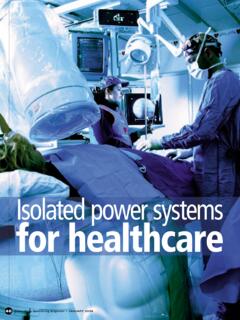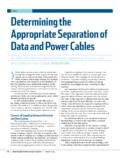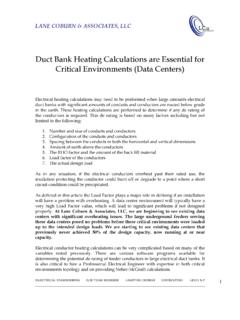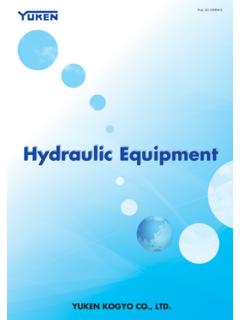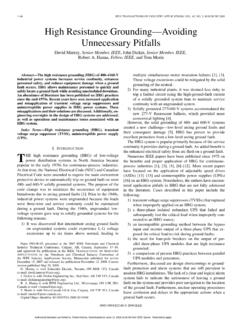Transcription of Comparison of Series and Fully Rated Systems - …
1 Comparison of a Series Rated and Fully Rated Electrical system There is so much misunderstanding and biased information concerning Series Rated Systems . A. Fully Rated system has advantages over a Fully Rated system , but Series Rated Systems is a viable option and can provide savings to the building owner, especially in areas of high available fault current. There can be a significant amount of savings in a Series Rated system , especially in a network utility area and/or a large service with high AIC ratings. In most cases, the savings for a Series Rated system outweigh their potential drawbacks. To Fully evaluate and compare a Series Rated system to a Fully Rated system , an electrical engineer must be aware of all the important issues. Below is a short summary of the critical issues when evaluating the Systems .
2 1. Full Selective Coordination. Series Rated Breakers cannot completely selectively coordinate. For that matter, Fully Rated breakers cannot Fully selectively coordinate. Unless you use fuses, selective coordination is not possible anyway. Breakers instantaneous region starts at 5-10X the breaker rating. Therefore breakers will both trip at high fault current regardless of if they are Series or Fully Rated Systems . Breaker Manufacturer #1 (400A Main and 100A Sub breaker) Both trip @ 4,000A No matter if it is Series or Fully Rated 1. Breaker Manufacturer #2 (400A Main & 100 Sub breaker) Both trip at 3,000A 4,000A No matter if they are Series or Fully Rated Fuses Completely Coordinated 2. 2. Future Build out Restrictions. An owner can get stuck using the same vendor for future build out.
3 There are currently no inter-vendor Series Rated Systems . Future additions to the electrical system would have to use the same vendor to keep a Series rating. 3. Potential Equipment Replacement Mistakes. Future contractors can potential make mistakes when replacing breakers. Future replacement of breakers could be done with non- Series Rated breakers causing potential safety hazards. 4. Lowest Rated Series Rated breaker ( 10,000A) cannot exceed 1% of the total motor contribution served from the panel. If the total motor load from the panel is more than 100A or about 75HP, the code will not allow you to use 10,000 AIC secondary breakers. Only in rare instances will this be a problem. (See Section 240-86 of the NEC). 5. Extra labeling is required on Series Rated panels. Per NEC Section 110-22 field labeling must state: CAUTION Series COMBINATION system Rated ____.
4 AMPERE. IDENTIFIED REPLACEMENT COMPONENTS REQUIRED. Series rating is a viable option to a Fully Rated system and should be evaluated to offer the client the most cost effective project. Written By: Keith Lane, , RCDD/NTS Specialist, LC, LEED Vice President - Engineering SASCO Electrical Design Build Contractor 3/9/03. End of Report 3.
